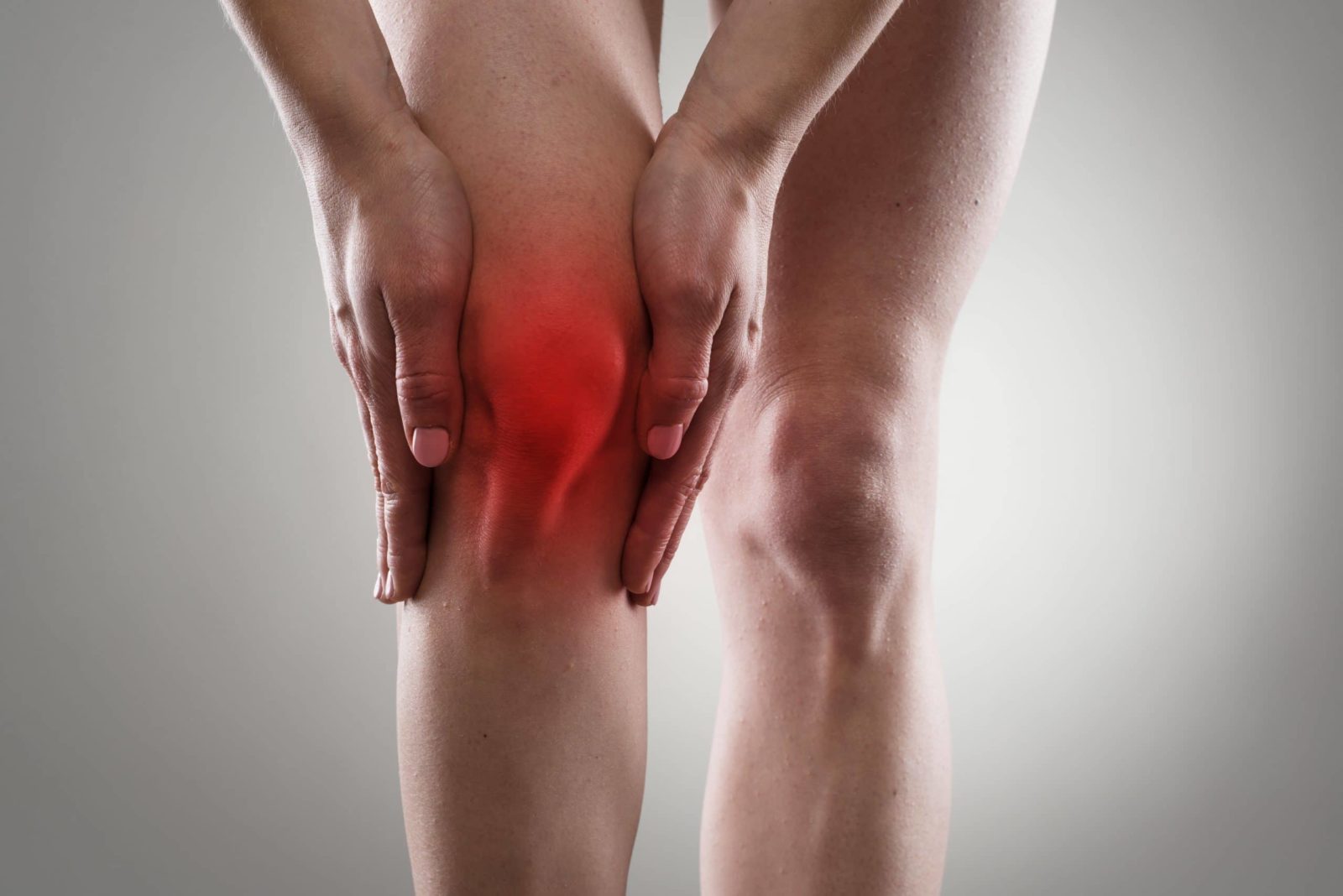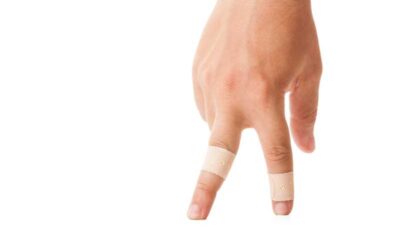Orthotics for Knee Pain: How Custom Orthotics Provide Knee Pain Relief
Knee pain is debilitating. It stops you short and takes your breath away. But knee pain does not mean a knee injury. It can simply mean you need some alignment from the bottom up. Keep reading to learn how orthotics or insoles for knee pain can solve your knee problems.
Knee Pain and Your Feet
Knee pain can come from overuse, underuse, or arthritis. A stable body will help stabilize your knee and keep knee pain at bay. In most cases, retaining balance to your entire body will solve your knee problems.
Many times knee pain stems from your feet. When you feel a sudden sharp pain, stop your activity and seek treatment.
Wearing orthotics combined with seeking chiropractic care can solve your knee pain.
Symptoms of Knee Problems
In addition to the breathtaking pain or the general ache of your knees, knee problems present themselves with stiff and swollen knees. If you cannot bend or put pressure on your knee, you have a problem.
Often knee pain stems from unstable feet. If you under pronate or overpronate, you will have knee problems.
What is Pronation?
Pronation is the inward movement of the foot when it rolls to distribute the impact of a step. All of our feet pronate to a degree. Normal feet will roll inward about 15 percent.
Your feet need to pronate to properly absorb the shock of a step and to properly push off from the ball of your foot for your next step.
Many of us suffer from under pronation or overpronation. Overpronation occurs when your foot rolls inward more than 15 percent. Your foot and ankle cannot adequately stabilize your body, and your foot ends up pushing off the ground primarily with your big toe and second toe.
Underpronation or supination occurs when your foot does not roll inward until after it lands. The outside of your foot takes on most of the shock. Your foot ends up pushing off with the outside of your foot and the smaller toes.
Both under pronation and overpronation lead to knee problems.
Treatment
When you injure your knee, treat the knee first. Use the RICE method of treatment. Rest it, ice it, put compression on it, and elevate it.
Then begin to find the source of your pain by seeking a good chiropractor. Often the source will come from your feet, because if your foundation isn’t stable, then your joints will suffer.
Prevention
Custom orthotics help stabilize your knee. They provide the foundation and correction to your feet so that when your heel strikes the ground, your foot does not roll in or out too much, and this, in turn, will help stabilize your knee.
Orthotics will change how the body distributes stress through the foot and ankle. They help your body to distribute weight and shock more evenly over your foot, and thus they lessen the distribution of force through your knee.
Plus, technicians make orthotics from shock-absorbing material, which reduces stress from your foot to your knee.
An orthotic will change the alignment of your feet and ankles, and thus they change the alignment of your knees. Your knees will have a healthy alignment rather than an alignment that puts stress on the inner or outer knee. Good orthotics and knee pain do not exist simultaneously.
Recovery
When you have knee pain, take your time to recover. Go slow and easy. After you’ve treated the knee with the proper rest, ice, compression, and elevation technique, slowly move back into activity with your orthotics in place.
Do not resume exercise until your knee pain has subsided and you have a shoe insert for knee pain properly fitted.
Consider Orthotics for Knee Pain
If you have not seriously injured your knee, shoe orthotics for knee pain can solve your problems.
We have orthotic insoles for knee pain that will help. For all of your chiropractic care needs in the Mill Creek area, contact us.




